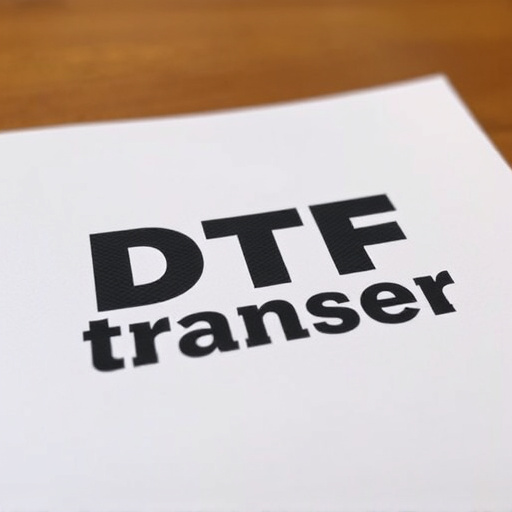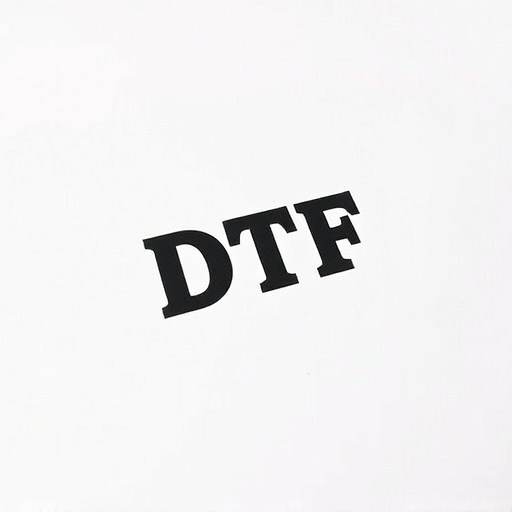Direct to Film (DTF) technology offers a revolutionary solution for preserving vintage films and memories, outperforming traditional methods with enhanced durability against fading, scratches, and moisture. By printing directly onto film stock, DTF creates a robust bond that shields images from wear and tear, ensuring vibrant colors and fine details remain intact for future generations. Proper care, including storage in cool, dry conditions and regular cleaning, can maximize the lifespan of DTF transfers, making them ideal for archives, museums, personal collections, and even outdoor applications like advertising and event signage.
“Discover the future of film preservation with Direct-to-Film (DTF) technology, a revolutionary process ensuring long-lasting transfers resistant to wear and tear. This cutting-edge method offers a significant leap from traditional film transfers, addressing their limitations. DTF provides unparalleled durability, making it an ideal solution for archives, museums, and enthusiasts seeking to preserve precious cinematic memories. By exploring DTF’s advantages, materials, care tips, and real-world applications, this article uncovers why it’s becoming the go-to choice for long-term film preservation.”
- Understanding Traditional Film Transfers and Their Limitations
- Introduction to DTF (Direct-to-Film) Technology
- The Advantages of DTF for Longevity and Durability
- Materials and Techniques Employed in Creating Resistant Film Transfers
- Care and Maintenance Tips for Maximizing DTF's Lifespan
- Real-World Applications: Success Stories of DTF's Resistance
Understanding Traditional Film Transfers and Their Limitations

Traditional film transfers, often referred to as DTF (Direct to Film) processes, have long been the standard for reproducing film content. However, these methods come with inherent limitations when it comes to durability and resistance to environmental factors. Standard transfers are susceptible to fading, scratches, and other forms of damage that can occur during routine handling or exposure to moisture and airborne contaminants. This vulnerability is especially pronounced in older films, where the emulsion technology used might not have been designed for longevity. As a result, precious cinematic memories risk degradation over time, making them delicate treasures that require careful preservation and handling.
Introduction to DTF (Direct-to-Film) Technology

Direct-to-Film (DTF) technology is a groundbreaking innovation in the realm of film transfers, offering an unparalleled level of durability and resistance to everyday wear and tear. Unlike traditional methods that rely on intermediate steps, DTF involves transferring images directly onto the surface of the film, creating a seamless bond that ensures long-lasting integrity. This cutting-edge approach revolutionizes the way we preserve cherished memories and vintage films, making them resistant to washing, handling, and environmental factors.
By eliminating the need for additional layers or coatings, DTF technology enhances the overall strength and clarity of the final product. The direct application of the image ensures that every detail is preserved, from fine lines and textures to vibrant colors and shadows. This method is particularly beneficial for collectors, archivists, and anyone looking to protect their precious film collections, ensuring they remain in pristine condition for generations to come.
The Advantages of DTF for Longevity and Durability
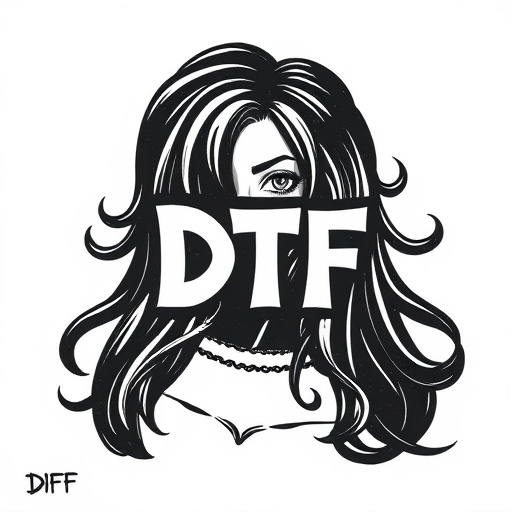
Direct-to-film (DTF) transfers offer a significant advantage in terms of longevity and durability compared to traditional methods. The process involves printing directly onto film stock, creating a durable surface that is resistant to fading and damage. This method ensures the colors and details remain vibrant and intact for extended periods, even with frequent handling and exposure to various environments.
Additionally, DTF provides superior resistance to washing and wear, making it an ideal choice for applications requiring long-lasting preservation of visual content. The film stock’s robust nature means it can withstand routine cleaning processes without compromising quality, ensuring that the transferred image remains intact and clear. This durability is particularly valuable in industries like archives, museums, and even personal photo preservation, where the longevity of memories and historical records is paramount.
Materials and Techniques Employed in Creating Resistant Film Transfers
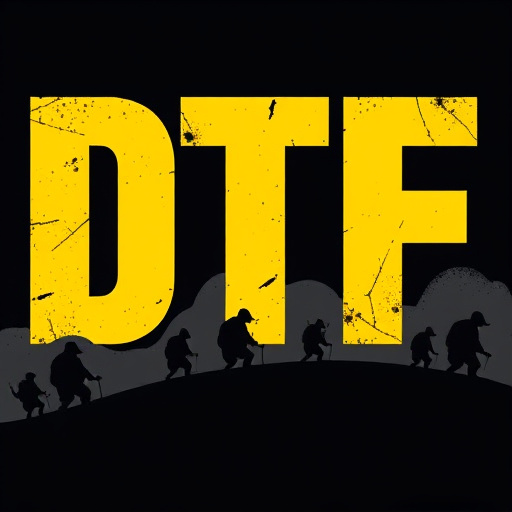
The art of creating long-lasting film transfers involves a meticulous combination of advanced materials and innovative techniques. Digital Thermal Transfer (DTF) is at the forefront of this revolution, offering unparalleled durability against washing and wear. This process utilizes specialized inks and a high-temperature press to bond the image directly onto various media, ensuring a robust finish. The inks used are carefully formulated to resist fading, chipping, and smudging, even under harsh conditions.
Furthermore, the choice of substrate plays a pivotal role in the transfer’s longevity. From durable plastics to specific types of fabrics, each material requires precise preparation and treatment. This involves surface conditioning and priming to create an ideal bonding surface. The result is a film transfer that not only withstands everyday use but also retains its vibrant colors and crisp details for years to come, making it a preferred method for those seeking enduring visual solutions.
Care and Maintenance Tips for Maximizing DTF's Lifespan
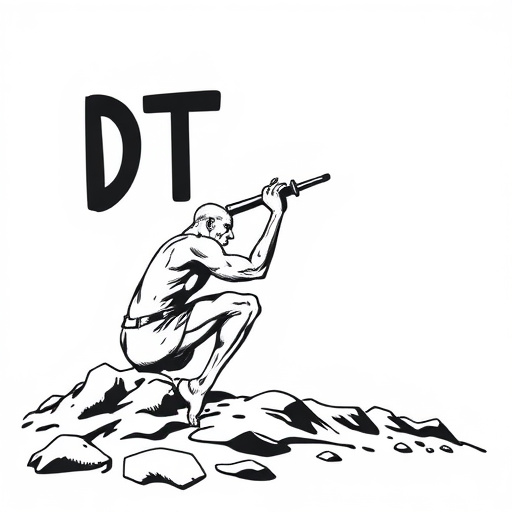
To maximize the lifespan of your Long-lasting film transfers (DTF), proper care and maintenance are essential. Avoid exposing them to direct sunlight or extreme temperatures, as these conditions can cause fading or cracking over time. Store your DTFs in a cool, dry place, preferably in an archival quality storage box to protect against dust and moisture.
Regular cleaning is another crucial aspect. Use a soft, lint-free cloth to gently wipe away any dirt or fingerprints. Steer clear of aggressive cleaning agents or abrasive materials that could damage the delicate surface. Additionally, be mindful of how you handle your DTFs, avoiding sharp folds or creases that might leave permanent marks.
Real-World Applications: Success Stories of DTF's Resistance

In real-world applications, Direct to Film (DTF) transfers have proven their durability and resistance in various sectors. From outdoor advertising to event signage, DTF printing has shown remarkable resilience against environmental factors like rain, direct sunlight, and frequent handling. For instance, bus shelter advertisements featuring DTF prints remain vibrant and legible for months, even in harsh weather conditions. Similarly, trade show booths adorned with DTF-printed visuals maintain their quality throughout the event, attracting attendees’ attention despite constant exposure to different environments.
Moreover, DTF technology has found success in retail displays and window decorations. Storefronts utilizing DTF prints have reported minimal fading or wear after extended periods, ensuring brand messages remain clear and effective. These applications highlight the superior longevity of DTF transfers, making them a preferred choice for businesses seeking visually appealing and long-lasting solutions that can withstand the challenges of real-world exposure.




